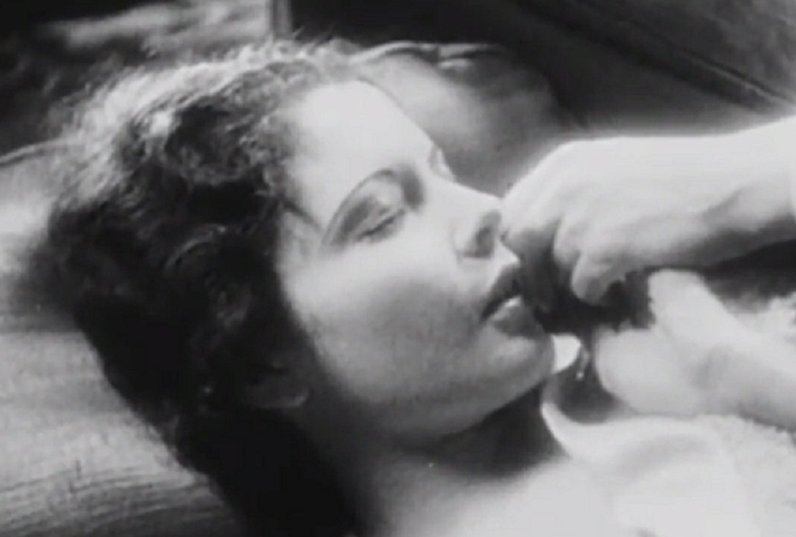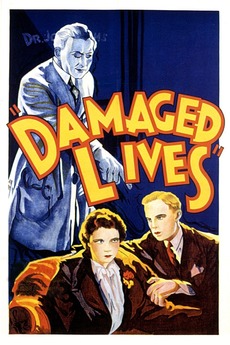
Damaged Lives (USA-Canada, 1933) 61 min B&W DIR: Edgar G. Ulmer. SCR: Donald Davis, Edgar G. Ulmer. PROD: J.J. Allen, Maxwell Cohn, Nat Cohn. DOP: Allen G. Siegler. CAST: Diane Sinclair, Lyman Williams, George Irving, Jason Robards Sr.

While today it is marketed a la Reefer Madness, for people to poke fun at its naive, dated attempts at thinly disguising its exploitation elements as “social relevance”, Damaged Lives is not really the camp fest that distributors would have you believe. Instead, it is a rather grim fable of bureaucrat Donald (Williams), who, after a one-night stand with a floozie while on a “business dinner”, finds out that she has given him a venereal disease. What is more, he passed it along to his wife, whom he married shortly after this drunken mistake. Interestingly, this couple really doesn’t suffer that much. Soon, they get a shot and it’s all cleared up, but only after Donald is taken by the hand to see a lot of people with lesions, mental deficiencies or physical disabilities, because their VD had been untreated for too long. This simple but effective scene is comprised of the doctor opening a door just offscreen, cut to overexposed shots of VD victim, and repeat. Because the VD footage looks different from the rest of the film, one presumes it is cribbed from another film. That’s the exploitation business for you! To be sure, the couple shares a bit of shame in the final third, but truthfully, everyone is kind of let off the hook a little too easily. The only one who really suffers great consequence is the cheap dame, and that’s because she shoots herself! (Interestingly, the “other woman” has to suffer, not the philandering fiancé.) This film is memorable for Edgar G. Ulmer’s command of the slight material. His second American film (after being an art director in Germany, and co-director of the legendary People on Sunday) illustrates his arresting style over substance, which is why film cultists will seek out any film with his name attached, in the prospect that he will make the impoverished production look like something. As long as Ulmer brought his B films on time and on budget, he was able to run wild with a lot of visual ideas. Even this sordid little picture has a discernible look and feel recalling German art direction: his striking visual style makes up for the meek script. Although it’s not really an exploitation picture, the subject matter (which helped make Columbia a lot of money) puts it in the same camp as other pictures of its era (Narcotic, Marihuana, etc.) that provide sensationalism under the guise of “education”.
